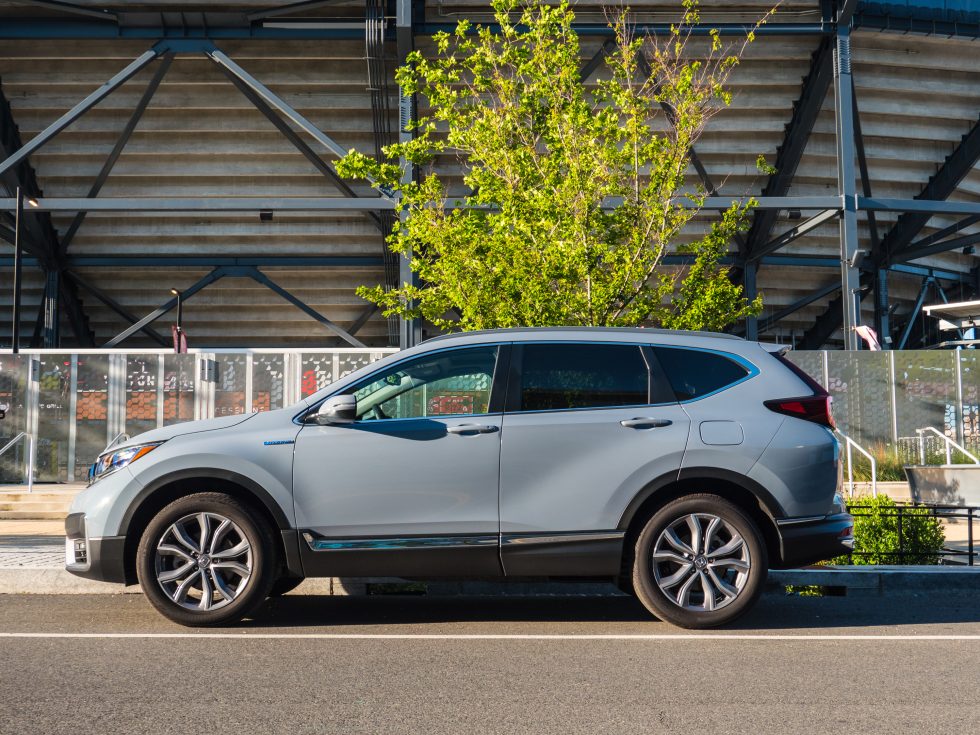The 2020 Honda CR-V Hybrid gets highly disappointing gas mileage

This is the 2020 Honda CR-V Hybrid. [credit: Jonathan Gitlin ]
A hybrid SUV should be the best of both worlds-a big, spacious vehicle with good fuel efficiency. That was certainly the hope for the latest version of Honda's CR-V. One of the country's best-selling crossovers, this year the CR-V got the addition of a hybrid powertrain for the first time. It's Honda's third hybrid for the US market, joining the Accord hybrid and the Insight, which we rather liked when we tested it a few weeks ago. But does the addition of some lithium-ion and electric motors work as well for this crossover?
I've seen this powertrain beforeIf you're familiar with the Accord Hybrid, you'll be familiar with the CR-V Hybrid's powertrain. Instead of the 1.5L engine in 'normal' CR-Vs, the hybrid version combines a 2.0L four-cylinder, 143hp (107kW), 129lb-ft (175Nm) Atkinson-cycle engine with two electric motors. One of these works as the starter motor and as a generator driven by the internal combustion engine to charge the 1.2kWh lithium-ion battery that lives above the rear axle. The other electric motor is the one that usually drives the wheels; in this case, it's 181hp (135kW), 232lb-ft (315Nm).
Like the other Honda hybrids, there's no conventional transmission here. Most of the time, the internal combustion engine won't directly contribute to forward motion, although it can do so under some conditions via a clutch that connects it to the output of the electric drive motor. Unlike the other Honda hybrids, the CR-V is capable of all-wheel drive via front-mounted transfer case. So the rear wheels will do their share of the work when you move off from a stop, going up a steep grade, or if the CR-V's digital brain starts to detect the front wheels beginning to slip. But for most day-to-day driving, only the front wheels will be powered, because let's be honest-almost no one is going to be crossing the Darien Gap in any crossover, and just being FWD is more efficient. More on that later.
Read 8 remaining paragraphs | Comments